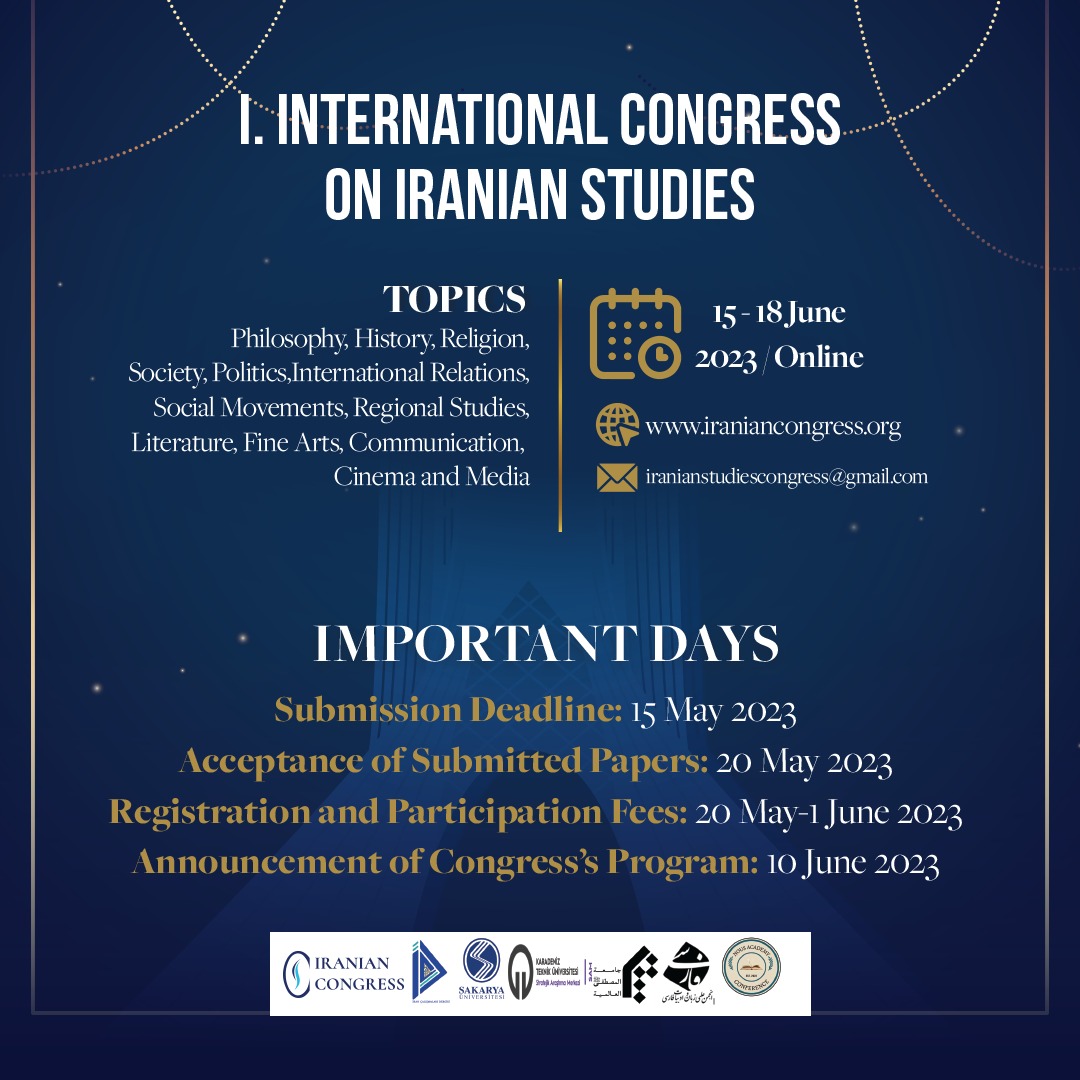CHANGE OF SOCIAL AND CULTURAL ELEMENTS IN EʿTEMĀD-AL-SĀLTANEH MOHAMMAD HASAN KHAN’S KHAR-NAMEH
HARNAME
Abstract
Comtesse De Segur has a book called Les Mémories d'un Âne (Memoirs of a Donkey). This was written by Mohammad Hasan Khan E’temād al-Sāltaneh, who was one of the important political and cultural figures of Iran during the Qajar and Nasir al-Din Shah era, and also one of the palace translators. It was translated into Persian with the name Khar-nameh or Mantıku'l-Himār. This translation is an independent, original, or arbitrary translation that has been transferred to the Eastern culture. The work, which humorously describes the understanding of wisdom and morality in eastern societies, and the criticism of the social and political structure through the eyes of a donkey, is also considered as a book of advice or advice in many respects. Although the work is seen as a social and political moral critique of Iranian society in that century, it is also possible to encounter a critique of the moral understanding of the Ottoman and Near Eastern societies, which went through similar political and social processes in some parts. This work, which was praised many times by the intellectual lodges in Tbilisi and Baku, which was one of the meeting points of the Ottoman and Iranian intelligentsia in the Enlightenment period, has a total of eighteen chapters. The work, which is fictionalized in the form of a memoir, includes a donkey's intimate conversations with its owner. Among the texts, there are exercises of thought and criticism in different disciplines of social sciences, from anthropology to religious sciences, from theology to sociology, with a technique called estedrādi. This technique means other words that are said in between while the story is being told. The literary genre of the work, which has almost nothing in common with the French original apart from the plot, is evaluated as allegory sustained in terms of textual scope. In terms of content, it enters the historical-political allegory type. The art of allegory, which is used to explain complex subjects such as religion, politics and morality more easily; It is used to make the narrative both more entertaining and more thought-provoking. To make any narrative or story both entertaining and appropriate to the values and cultural fabric of the society; It is a common situation in literary translations of the Qajar period. The translators of this period often did not stay true to the original text, embellishing it with parables and metaphors or adapting the text to the taste of the Persian reader by adding their own interpretations. Locality is one of the most striking features in the literary translations of this period. So much so that sometimes even more local names are used instead of the original names of the characters in a story or narrative. or by adding expressions of religious origin, the text has been tried to be interpreted or interpreted. Therefore, this is also the case in the work in question. The texture of the text, which has changed with the decorations, additions and interventions, has brought about the change of cultural and social elements. In this presentation, we will try to examine some of these changes.
Published
Issue
Section
License
Copyright (c) 2023 IRANIAN CONGRESS

This work is licensed under a Creative Commons Attribution 4.0 International License.


